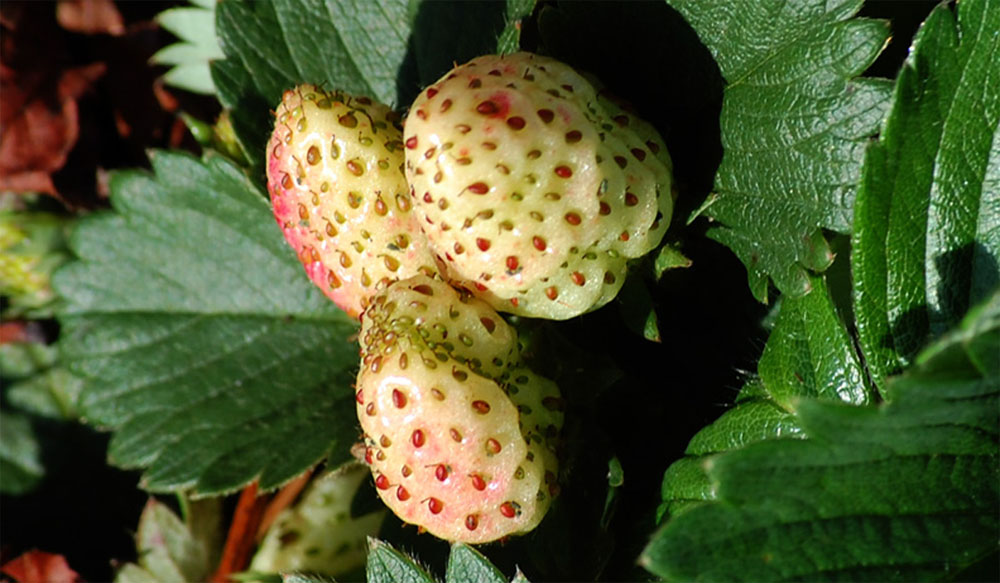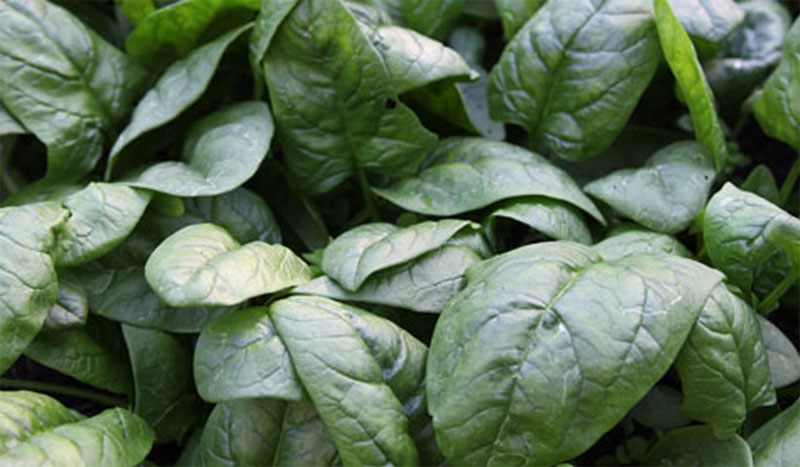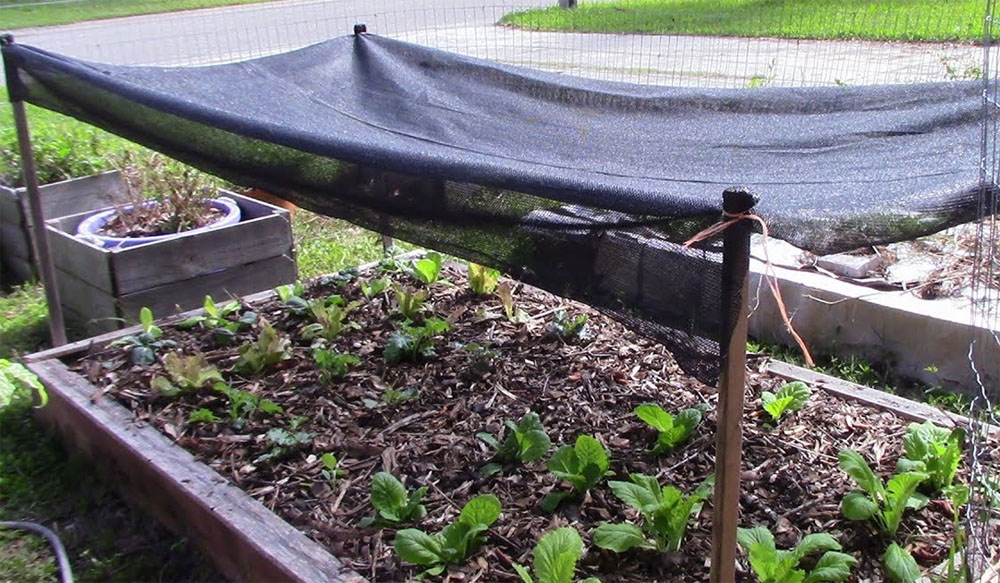Strawberries are one of the most popular fruits that can be grown in the home garden. They are used in everything from short cakes to smoothies and everything in between. Here in zone 9 there are many types of strawberries that will grow very well, but everbearing are one of the most popular.
Getting Started
Everbearing strawberries prefer a sunny spot in the garden with soil that has a ph now lower than 5.5 and no higher than 7.0. The soil should be well drained and able to maintain a fair amount of nutrients. Soil that contains high amounts of organic matter helps provide nutrients as well as helps maintain any that are added through fertilization.
Planting
After the final frost of the season it is time to plant everbearing strawberries. When planting them make sure to bury the roots but not the crown. If the crown of the plant is covered with soil it will rot. Once the strawberry is plant is planted water it in with a fair amount of water. This will encourage the plant to grow its roots and settle in. After watering in the plant mulch around it to help maintain a moist soil.
Care
Water the plants with about 1 inch of water a week, either through irrigation or rain, any more is unnecessary. Lightly fertilize the plants through out the growing season using a compost tea or by adding compost. If high quality compost is not available a well balanced fertilizer of around 5-5-5 should be added a few times through out the growing season.
Runners
Everbearing strawberries will send out runners (new plants that grow from the parent). During the first growing season make sure to prune all runners, doing so will help increase the crops yeild. After the first year, runners can be pinched off and grown as new plants, often replacing older non-producing plants.
Harvest
Harvest strawberries as soon as they are ripe. Look for a fully red, lush color on a berry that is slightly soft to the touch. Make sure to continue harvesting berries at least every other day. The frequent harvesting will encourage the plant to continue to bear fruit for as long as possible.
Winter
In areas that get bellow 20 degrees F make sure to mulch over the plants with about 2 inches of mulch. In areas that stay above 20 degrees F a cover durring the coldest nights will keep the plants alive!
Tips
- Everbearing plants thrive for about 4-5 years. After that, replace them with a runner.
- If birds or mice become a problem, floating row covers can help protect the fruit






